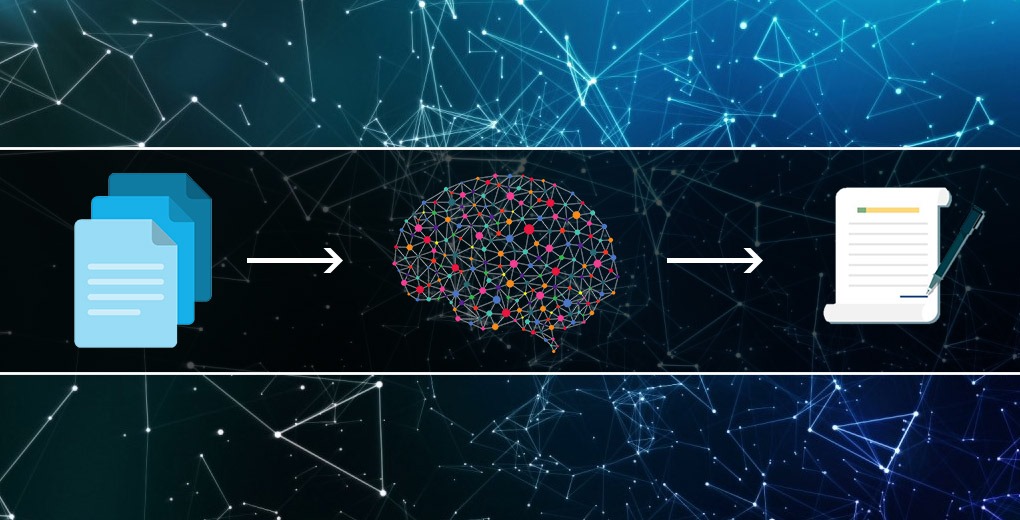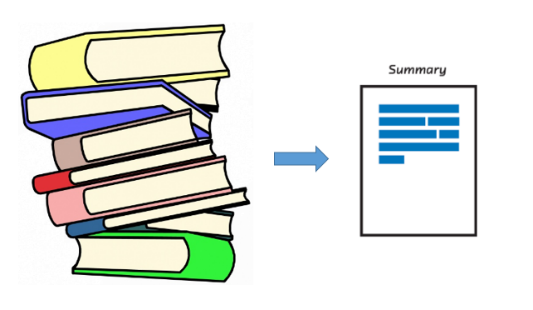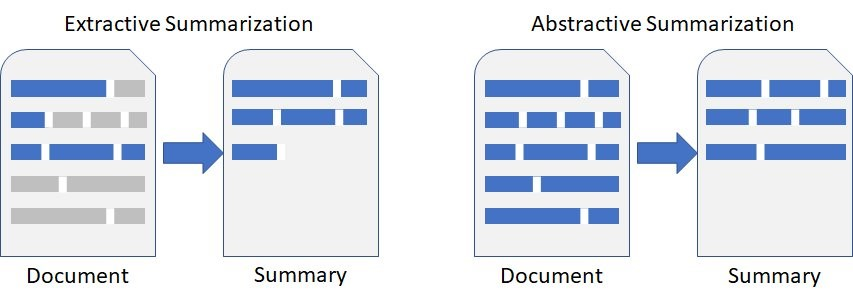Summarization Superpower: How Automatic Tools Can Help You Conquer Text Mountains
 Mishika Shah
Mishika Shah
What is text Summarization exactly?
Text summarization is the process of distilling the key points of a text document into a shorter version while preserving the most important information. It's a crucial task in natural language processing (NLP) and information retrieval.
Whereas, Automatic text summarization refers to the use of algorithms and computational methods to generate summaries from text documents without human intervention. This can be done through extractive methods, where sentences or passages containing the most relevant information are selected and the summary is generated by interpreting and paraphrasing the content of the text.

Automatic text summarization stands out primarily for its time-saving efficiency and plays a crucial role in managing, analysing, and extracting value from the vast amounts of textual data available in various domains, contributing to increased efficiency, decision-making, and knowledge discovery.
Automatic text summarization is crucial in the tech industry for several reasons: 1)Managing Information Overload: Condenses large volumes of data into key points for quicker consumption.
2)Improving Accessibility: Makes complex information more understandable to a broader audience.
3) Supporting AI/ML Applications: Helps preprocess data for easier handling and analysis.
4) Aiding Content Management and SEO: Enhances content discoverability and click-through rates with concise previews.
5) Boosting Customer Service: Provides quick summaries of interactions for efficient support.
6) Assisting Legal and Compliance: Helps review lengthy legal documents quickly.
How does it actually work?
There are generally two main approaches:
I) Extraction-based summarization: This method involves selecting the most important sentences or phrases from the original text and assembling them to create a summary. Techniques such as statistical methods, graph-based algorithms, or machine learning models are commonly used to identify significant sentences based on factors like word frequency, sentence position, or semantic similarity.
Technological Perspective:
This method uses advanced NLP techniques such as natural language generation (NLG) and deep learning to understand the context and generate the summary. The resulting summaries are usually shorter and more readable than the ones generated by the extractive method, but they can sometimes contain errors or inaccuracies.
II) Abstraction-based summarization: In this approach, the summary is generated by paraphrasing and rephrasing the content of the original text. It involves underst anding the meaning of the text and rewriting it in a shorter form while preserving the essential information. This method often employs natural language processing (NLP) techniques like semantic analysis, syntactic parsing, and generation algorithms.
Technological Perspective:
Various deep learning models have been employed for abstractive summarisation, including RNNs, convolutional neural networks (CNNs), and sequence-to-sequence models. Here's a breakdown of some common deep learning models used:
I. Recurrent Neural Networks (RNNs): These models process information sequentially, like reading a sentence word by word. This allows them to capture the relationships between words in a text and identify important content.
II. Convolutional Neural Networks (CNNs): While less common for summarization, CNNs can be effective at identifying specific features within text data. They might be used to focus on keywords or named entities.
III. Sequence-to-Sequence models: These are a type of RNN specifically designed for tasks that involve translating sequences of data, like text summarization. They typically have an encoder-decoder architecture. The encoder reads the input text and creates a condensed representation, and the decoder uses that representation to generate the summary

Text summarization technology is still evolving, with researchers constantly developing new and more sophisticated methods. As this field progresses, we can expect even more powerful tools that can condense complex information and open doors to a world of knowledge at our fingertips.
By Mishika Shah
Subscribe to my newsletter
Read articles from Mishika Shah directly inside your inbox. Subscribe to the newsletter, and don't miss out.
Written by
